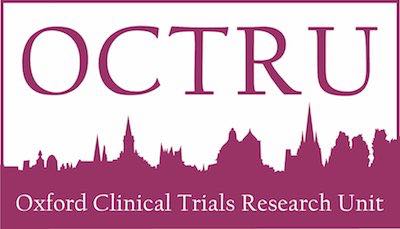Major trauma is the leading cause of death worldwide in people aged < 45 years and a significant cause of short- and long-term health problems. In 85% of major trauma patients, the injury involves broken bones. Surgery to fix broken bones in the lower limbs is complicated and has risks, one of the main ones being wound infection. In these patients, rates of wound infection have been reported to be as high as 27%.
One factor that may affect the risk of infection is the type of dressing applied after surgery. In this trial, we compared standard wound dressings with a new treatment called incisional negative-pressure wound therapy. Negative-pressure wound therapy is a special type of dressing whereby gentle suction is applied to the surface of the wound.
A total of 1548 patients from 24 specialist trauma hospitals in the UK agreed to take part and were assigned at random to receive either a standard wound dressing or negative-pressure wound therapy after their surgery. We reviewed the recovery of the patients for 6 months. We recorded how many had an infection in the surgical wound and asked the patients to rate the extent of their disability, their quality of life and the scar healing. We also collected information about the cost of treatment.
What did the trial find?
We found no evidence of a difference in the rate of surgical site infection between those patients randomised to negative-pressure wound therapy and those patients randomised to standard wound dressings. There was no difference in the rate of other wound healing complications or in the patients' self-report of disability, health-related quality of life or scar healing. Negative-pressure wound therapy is very unlikely to be cost-effective for the NHS.
In conclusion, and contrary to previous reports, the findings of this study do not support the use of negative-pressure wound therapy in patients having surgery for major trauma to their legs.






